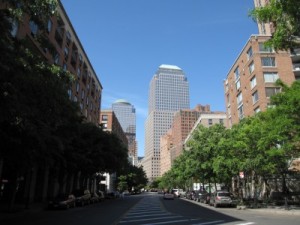In a Crain’s article, Leonard Grunstein gives his blueprint guide to jump the redevelopment in New York City. He points out that the NYC Housing Authority has numerous properties desperately in need of redevelopment. Grunstein stresses that the issue is not being able to build new developments, but being able to focus on improving what already exists.
Grunstein’s five strategies to redevelopment:
- The city should use modern tools such as public-private partnerships to finance the redevelopment of properties. Similar methods of accessing the capital market are more sustainable and avoid the need for massive public subsidies.
Example: Battery Park City is made up of a partnership through private developers and the Battery Park City Authority, the state and the city of New York. It was created as an integrated mixed-income and mixed-use community. The redevelopment plan engaged the financeable ground lease as a public-private partnership. - The city should take advantage of federal grants to consider renewing aging complexes. Cities such as Chicago and Boston have received sizable federal grants from the Department of Housing and Urban Development.
- Encourage existing developments to embrace a more diverse and functional development, with a wider range of incomes by incorporating the “80/20” model, (allows developers to build taller structures if 20% of units are affordable) or a step further with a “50/30/20” program that would set aside 50% for luxury units, 30% for middle-income units, and 20% for low-income units.
- Avoid limiting exisiting developments to one use. Variety of uses (housing, retail, etc.) helps fuel revitalization, and enhances the development as a whole.
Example: Buildings in the the meatpacking district, host restaurants, “mom-and-pop” shops, and cultural institutions. - Provide developers with more flexibility. Regulations should be scaled back by city leaders, including phasing out zone and density restrictions that have become obsolete. The initiative should be modeled after the Battery Park City Example.



